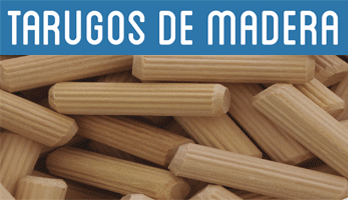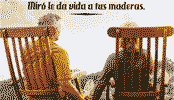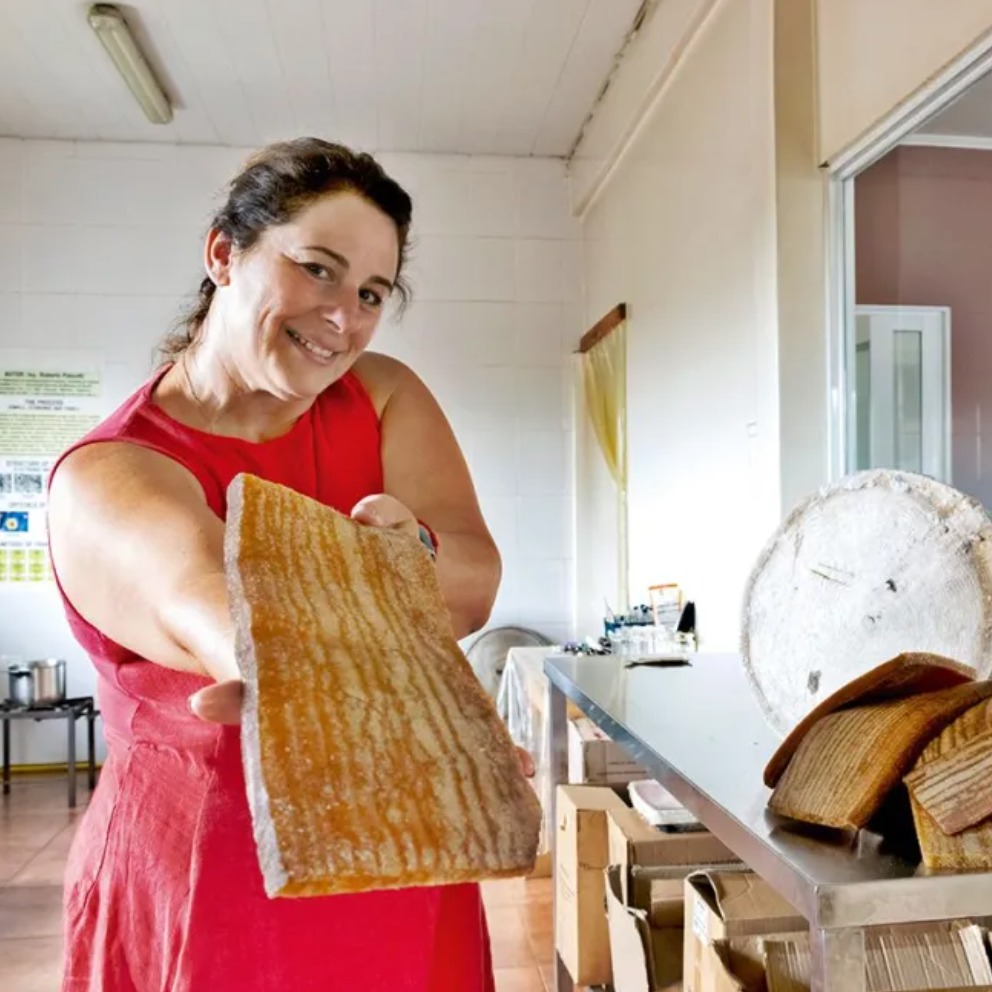
Edible wood, star of missionary gastronomy
From the Yacaratiá tree, an Eldoradense entrepreneurship is dedicated to transforming the holders. Jams, alfajores, drinks and sauces are made. It is even used to make milanesas and meatballs
Missions of nature enriched in the flora and fauna, invite to constantly know the different tourist places it has. Within that offer is gastronomy, one of the most important edges for the sector. However, there are ventures that seek to go a little further and venture into innovative proposals. In that framework, Eldorado is the only town in the province where those who visit it can enjoy a very particular missionary gastronomic part, visiting the entrepreneurship of edible woods, Yacaratia Delicatesen.The Yachaatiá is a tree in the area that after several processes can be edible. Vanina Pascutti is the second generation that continues the legacy of more than 30 years with this particular venture. It was Roberto Felix Pascutti Padre, an Forest and Chemical Engineer profession who for years investigated the mountain, its benefits and diseases, who also was in charge of the chairs and the laboratory of the Faculty of Forest Sciences in the Research Area. The Yachaatiá is a tree in the area that after several processes can be estible. Vanina Pascutti is the second generation that continues the legacy of more than 30 years with this particular venture. It was Roberto Felix Pascutti Father, an Forest and Chemical Engineer profession who for years investigated the mountain, its benefits and diseases, who was also in many years in charge of the chairs and the laboratory of the Faculty of Forest Sciences in the research area. My potato always seeks to see the mountain, the jungle, from another perspective that is not just the timber, deforest and encourage the work not only GRUSHING OR EXTERMINARY, which is more or less the idea that is usually made of forest engineers, said Vanina. Roberto Pascutti was a very philanthropic person, who studying and investigating was reaching different species of trees until finding the Yachaatia, this species is known by our Mbya ancestors as the ?bread tree? that is of subtropical origin of the Paranaense jungle. My dad reading old writings, speaking with members of our native peoples, understood that in this tree the mbya were looking for worms and insects, including the worm known as the ?tomb? of the size of an index finger more or less. This insect reproduces a lot in the Yachaatia, in the pindo and another tree, when they fall into a decomposition process, it is there that the aborigines were looking for these larvae put them in a stick and roasted to eat. This larva is like ingesting 200 grams of flesh, the proud daughter told. Once discovered that Yacaratia could be edible Pascutti starts the research process of how to implement this wood with such characteristics for human consumption, without losing these properties. Many times we cook our foods, by the process we eliminate nutrients. Then investigating my father discovered a process so that the wood of this native specimen is suitable for consumption, Vanina explained. The process once the Yacaratia tree falls on the mountain we look for wood, we look at that its fall has been natural, the cold cooked process is extracted and started and then with heat. In a sawmill indentations are cut the size of a machimbre, and from there the different products are made such as wood in syrup, chocolates, confitures, wooden alfajores, with the shaft of the tree jams are performed with flavors of fruits such as Rosella, mammon, mango, strawberry, acerola, pynga, ananá, guayaba, yabuticaba and other traditional fruits; With the nectar you can make drinks, sauce reductions and much more. The products with the naked eye have as a syrup, but no, it is the same wise of the tree, the liquid that emanates what makes it seem to be in syrup, he explained. On the other hand, the gastronomic curiosity of the chef in the province and the country, led to several hotels, restaurants acquire from Yacaratia deliTasen the processed tables to perform various dishes, such as milanesas, meat Ice cream, alfajores. It is free to the chefs imagination to give it the flavor and creation of various foods, with the particularity in addition it is suitable for celiac because it does not contain gluten, it is a vegetable, said the owner of Yacaratia Delicatesen. The owner of the entrepreneurship of edible wood Typical meals, in the past with similar cultures and edible wood is only missions. When the places are cleaned to sow these trees before they were thrown and burned, today they call us that we get into action collecting this tree. We do not enter the mountain to devastate, so it is that the production is limited to what is achieved, he clarified. He also said that Yacaratia products are patented under strict health standards: you have to be careful what is consumed, many out there want to imitate this process with wood and do not really realize that the wood has a toxin that, if it does not have the process due, it is dangerous for health. He delayed 8 years to make this wood suitable for human consumption. To culminate Vanina Pascutti, she highlighted her fathers main objective that in life wanted her family and people in general to understand that you can live with the environment without destroy The last years are talking about biodiversity, to take care of the mountain and nature.
IT MAY INTEREST YOU
 Mouliá participated in the presentation of the 10th Wood Expo at the ADS25 event
Mouliá participated in the presentation of the 10th Wood Expo at the ADS25 event
José Moulia, on behalf of the Government of Entre Ríos, participated in the Opening Panel of the ADS25 exhibition, developed on April 23 and 24 at the Higher School of Architecture and Design of the University of Morón. The meeting brought together professionals, academics and representatives of the construction sector committed to innovative and sustainable approaches.
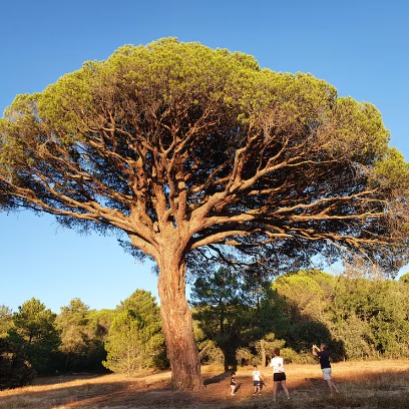 The only animal in the world that plant millions of trees every year and is vital for the conservation of nature
The only animal in the world that plant millions of trees every year and is vital for the conservation of nature
They play a crucial role in the conservation of forest ecosystems Nature is full of wonders and surprising processes that often go unnoticed. One of these phenomena is the ability of a small animal to plant millions of trees every year, playing a crucial role in the conservation of forest ecosystems.
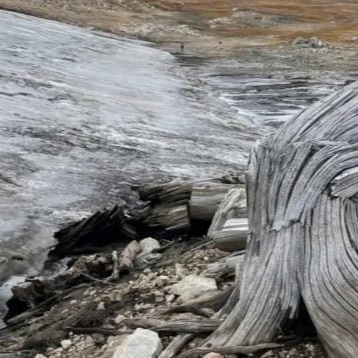 Unusual finding: a pine forest in excellent condition emerges after 6,000 years buried under the ice
Unusual finding: a pine forest in excellent condition emerges after 6,000 years buried under the ice
In the world there are millions of forests. Some are close to urban centers, others in remote and inaccessible places, but they all fulfill a key role: maintain the balance of the planet. They are literally the lung of the earth. When talking about a new forest, the first thing that comes to mind is usually reforestation, a recent plantation or the recovery of an area razed by fire. But this discovery is on another way. It is not a forest sown recently. It is an old forest, which was there for thousands of years, buried under the ice. And now, with the thaw caused by global warming, he has emerged again.








